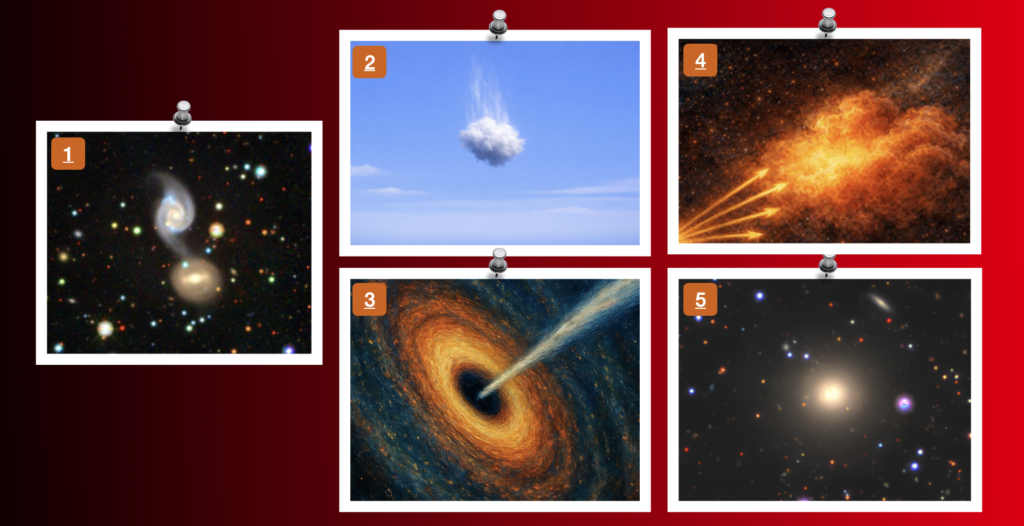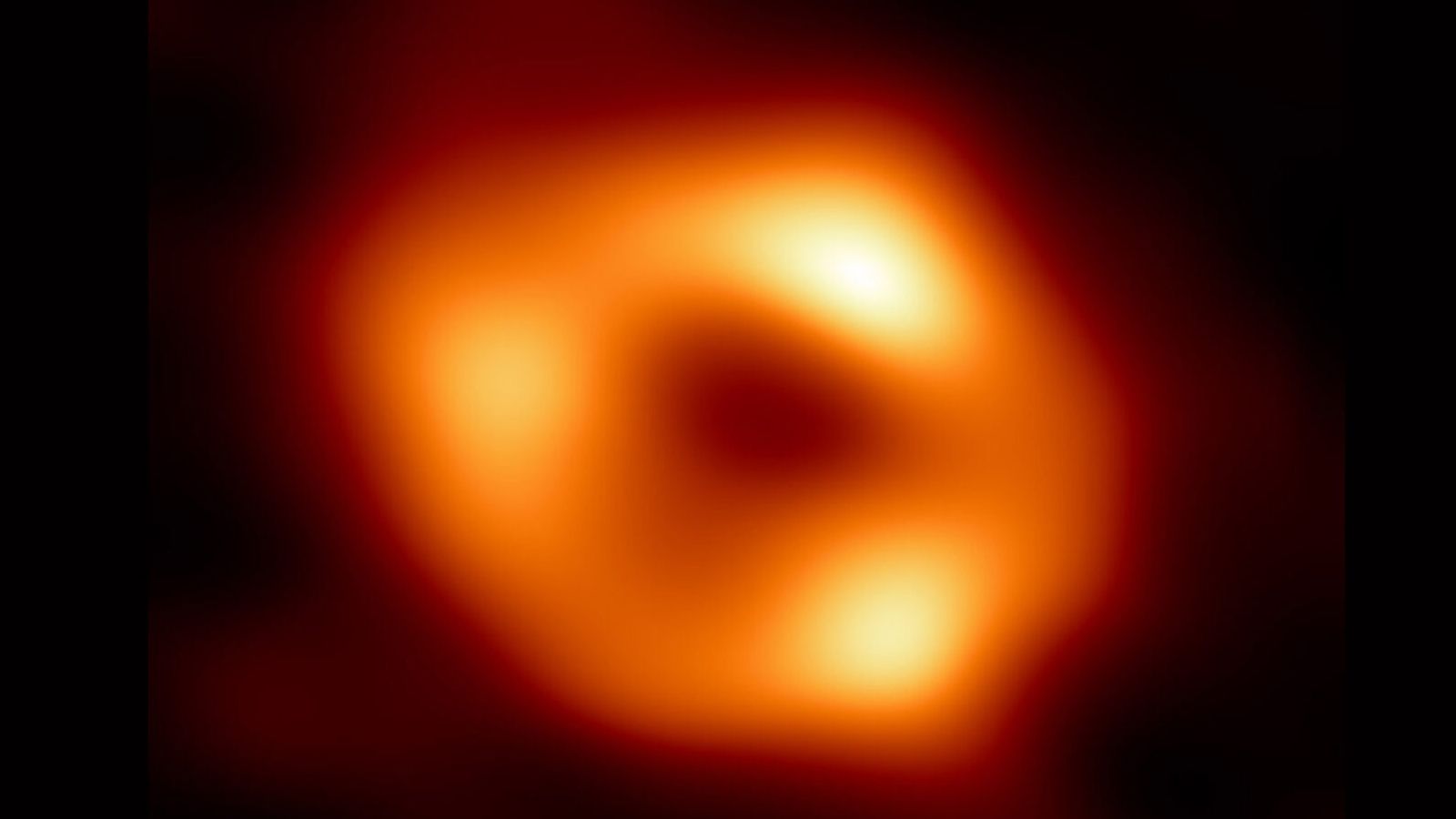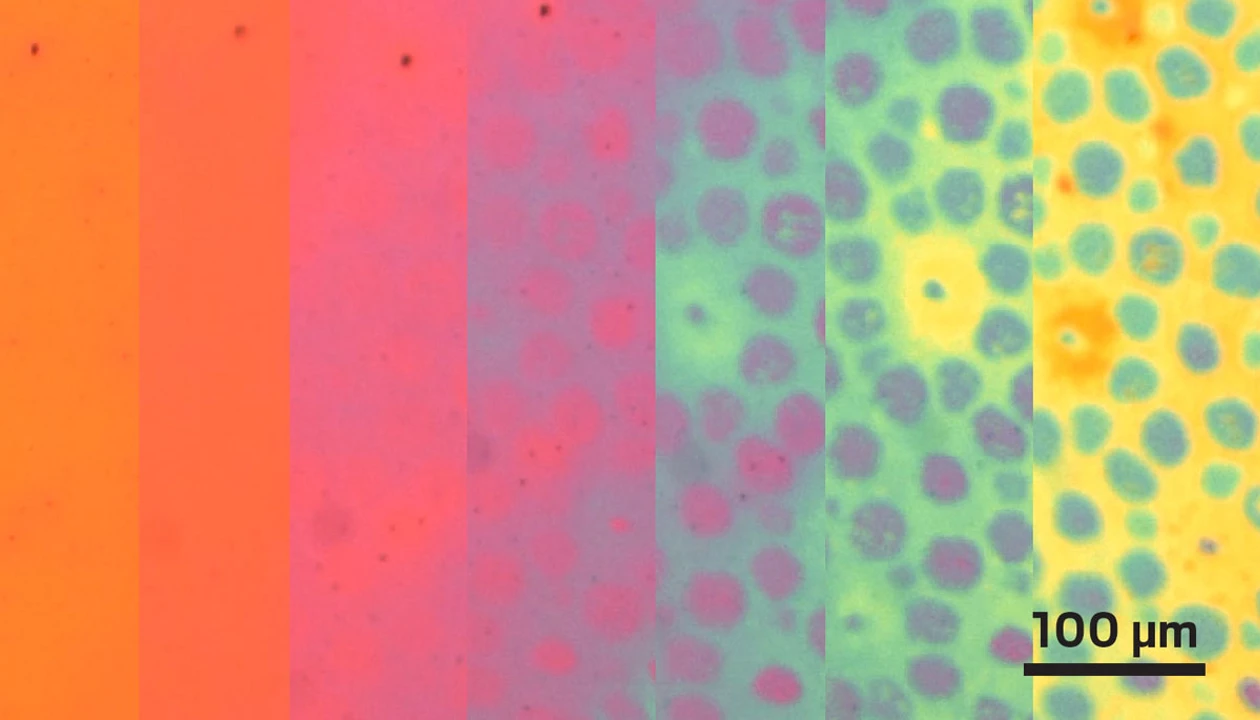The supermassive black hole sitting at the heart of our galaxy is considered to be a slumbering giant. However, an international X-ray spacecraft has discovered that this wasn’t always the case. It turns out this supermassive black hole,…
Category: 7. Science
-

How quiet galaxies stay quiet: cool gas feeds black holes in ‘red geysers’
Key takeaways
- Some “dead” galaxies are not as dormant as they seem. In some cases, slow-moving cool gas is quietly flowing inward toward central, supermassive black holes.
- This inward flow appears to help power gentle but…
Continue Reading
-
Scientists Find More Active Black Holes in Dwarf and Milky Way-sized Galaxies By Cutting Through Glare of Star Formation | Center for Astrophysics
Cambridge, MA (January 8, 2025) —Astronomers have completed the most comprehensive census of active galactic nuclei (AGN) to date, providing the clearest picture yet of the probability that galaxies of different sizes host active black…
Continue Reading
-
Effect of nitrogen radio frequency plasma on the structure, dielectric anisotropy, and electrical performance of liquid crystal nanocomposite
de Gennes, P. G. & Prost, J. The physics of liquid crystals, 2nd edn (Oxford University Press, 1993).
Chandrasekhar, S. Liquid crystals, 2nd edn (Cambridge University Press, 1992).
khadem Sadigh, M., Ranjkesh, A. & Hayatifar, B. Improving the…
Continue Reading
-

Cornell astronomer honored for achievement in observational research
Anna Y. Q. Ho, assistant professor of astronomy in the College of Arts and Sciences, has been awarded the 2026 Newton Lacy Pierce Prize by the American Astronomical Society (AAS).
Given annually for outstanding achievement in…
Continue Reading
-

The Rockefeller University » Scientists have gotten good at blocking enzymes to treat disease. Here’s what they need to learn next.
Tarun Kapoor (Credit: Lori Chertoff)
Enzymes are the molecular machines that power life; they build and break down molecules, copy DNA, digest food, and drive virtually every chemical reaction in our cells. For decades, scientists have…
Continue Reading
-

Dark Energy: scientists say the cosmic forces pushing the universe apart may not be what it seems
Distant, ancient galaxies are giving scientists more hints that a mysterious force called dark energy may not be what they thought.
Astronomers know that the universe is being pushed apart at an accelerating rate and they have…
Continue Reading
-
Dark stars could help solve three pressing puzzles of the high-redshift universe – Phys.org
- Dark stars could help solve three pressing puzzles of the high-redshift universe Phys.org
- How did early black holes form? Astronomy Magazine
- Webb telescope sheds light on ancient ‘monster stars’ that may reveal the birth of black holes Phys.org
Continue Reading
-
First galaxy-wide wobbling black hole jet discovered in a disk galaxy – Phys.org
- First galaxy-wide wobbling black hole jet discovered in a disk galaxy Phys.org
- Astronomers Discover the First Galaxy-wide Wobbling Black Hole Jet in a Disk Galaxy W. M. Keck Observatory
- Weird, Wobbling Black Hole Jets Can Shape Entire Galaxies
Continue Reading

